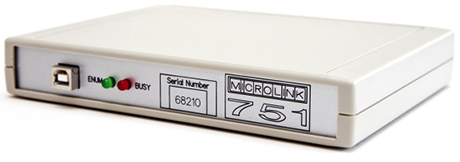Drift and When to Recalibrate Measurement Devices
Measurement and control devices are delivered tested and calibrated to international standards. Over time, though, they will lose their accuracy and measurements will "drift".
Drift is a slow variation of a performance characteristic such as gain or offset.An offset drift results in a reading other than zero, for a zero condition. A gain drift is an error multiplied by the measured value. A gain drift of +/-0.05%, for example, means that the measurement will be out by 0.05%.
Drift is due to ageing components or environmental changes: such as changes in temperature or humidity. It is especially significant when you are measuring low-level signals (a few microvolts) over long periods of time, or in difficult environmental conditions.
The way to deal with drift is to re-calibrate the instrument periodically. Calibration compares the instrument's actual performance to an accuracy standard. To do this you may need to return the instrument to the manufacturer or receive an on-site visit from them. You will then receive a calibration certificate which will be valid until the next recommended calibration date, often a year later. The higher the accuracy required, the more frequently the instrument will need to be calibrated.
Some instruments, like many in our Microlink range, are able to re-calibrate themselves periodically. They measure a reference voltage and compensate for offset and gain drifts.
Self-calibration is useful for long term monitoring since drifts do not accumulate. You need to be careful not to set the re-calibrations too far apart as this can lead to small discontinuities in the recorded data as the re-calibrations occur.

